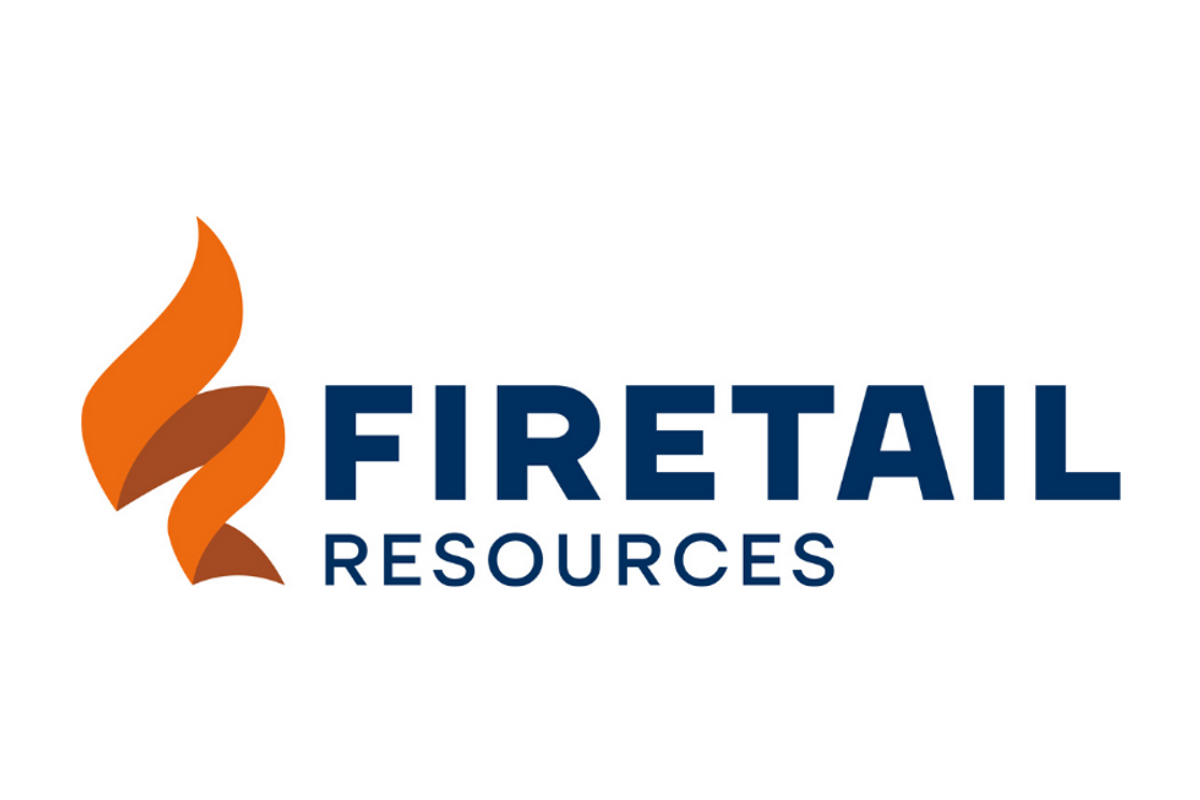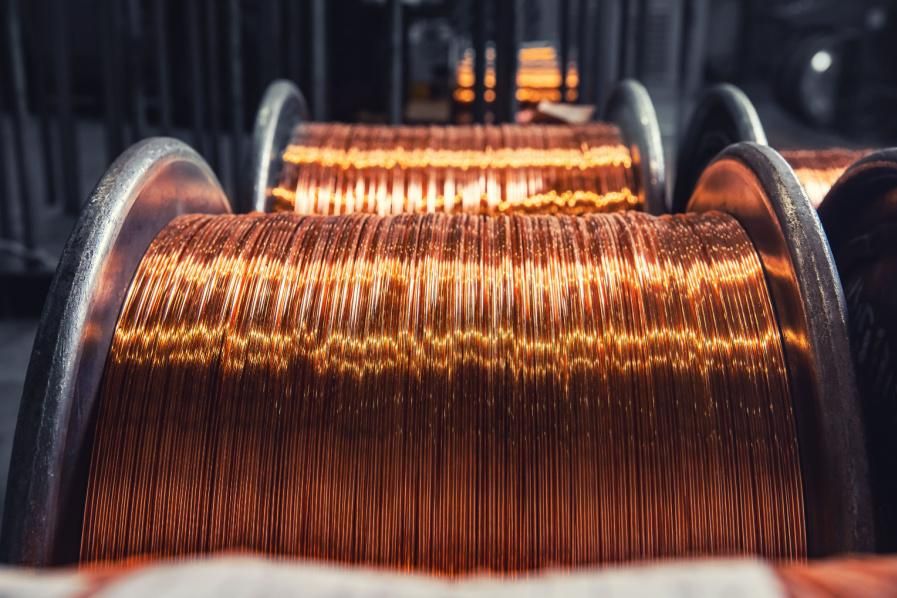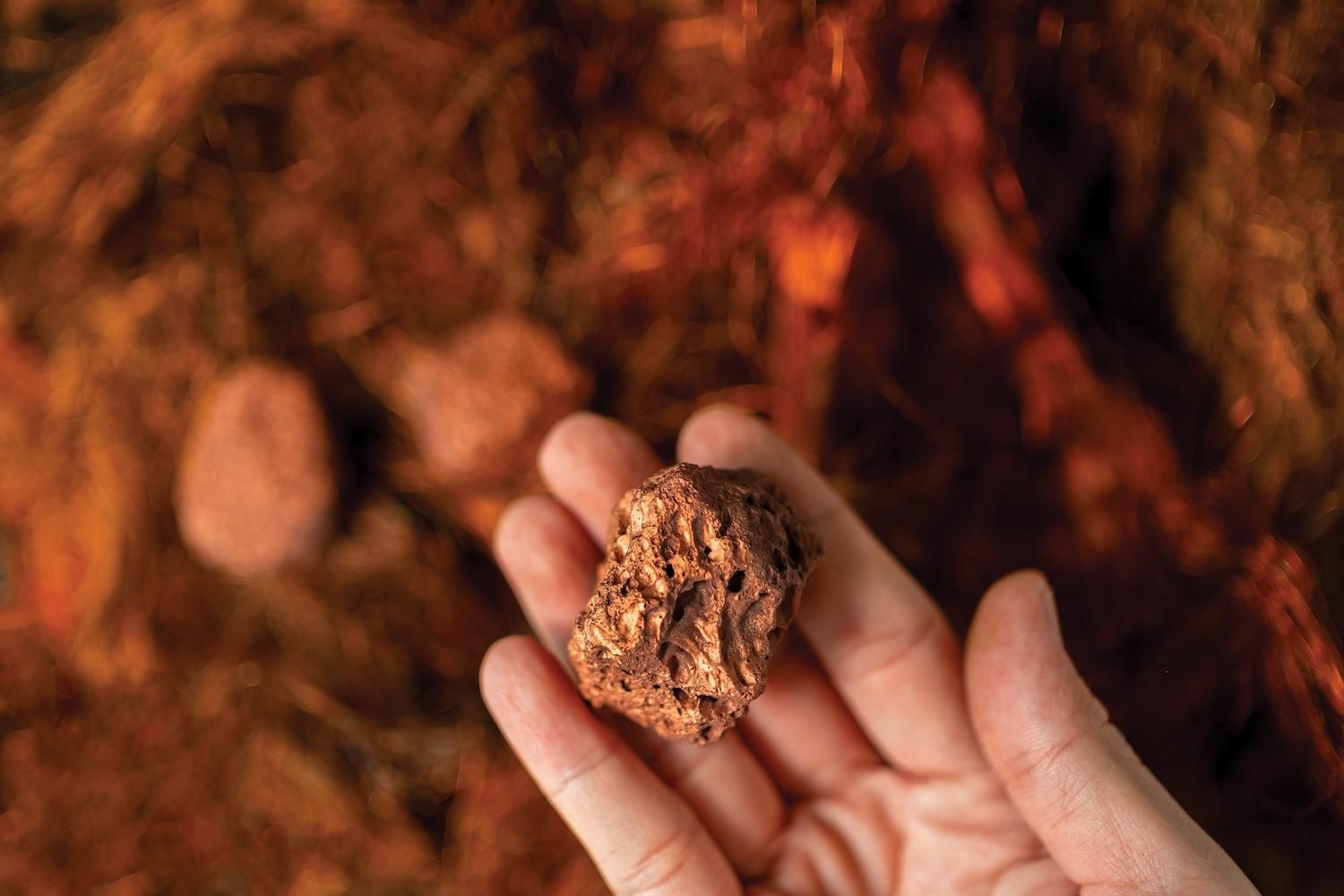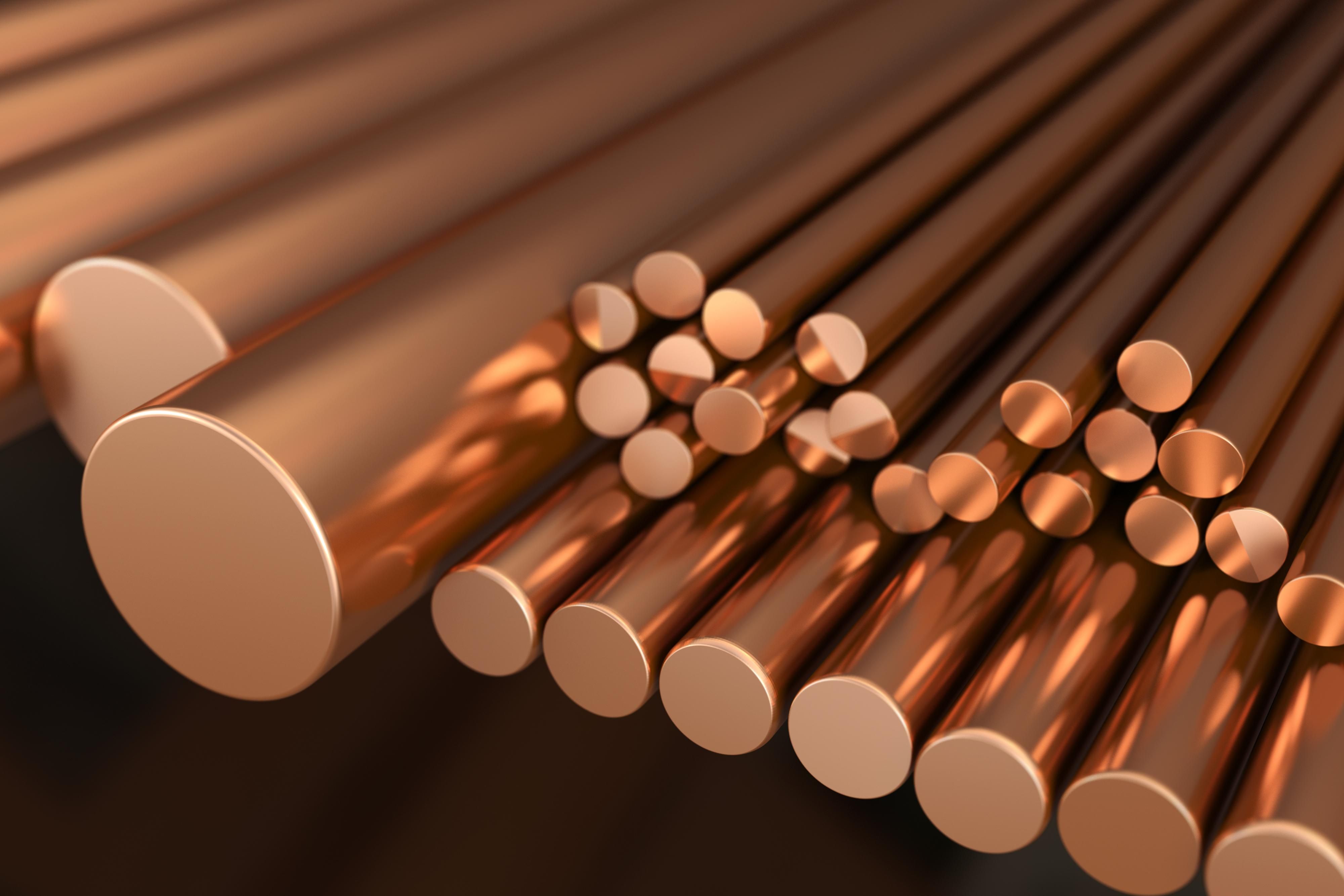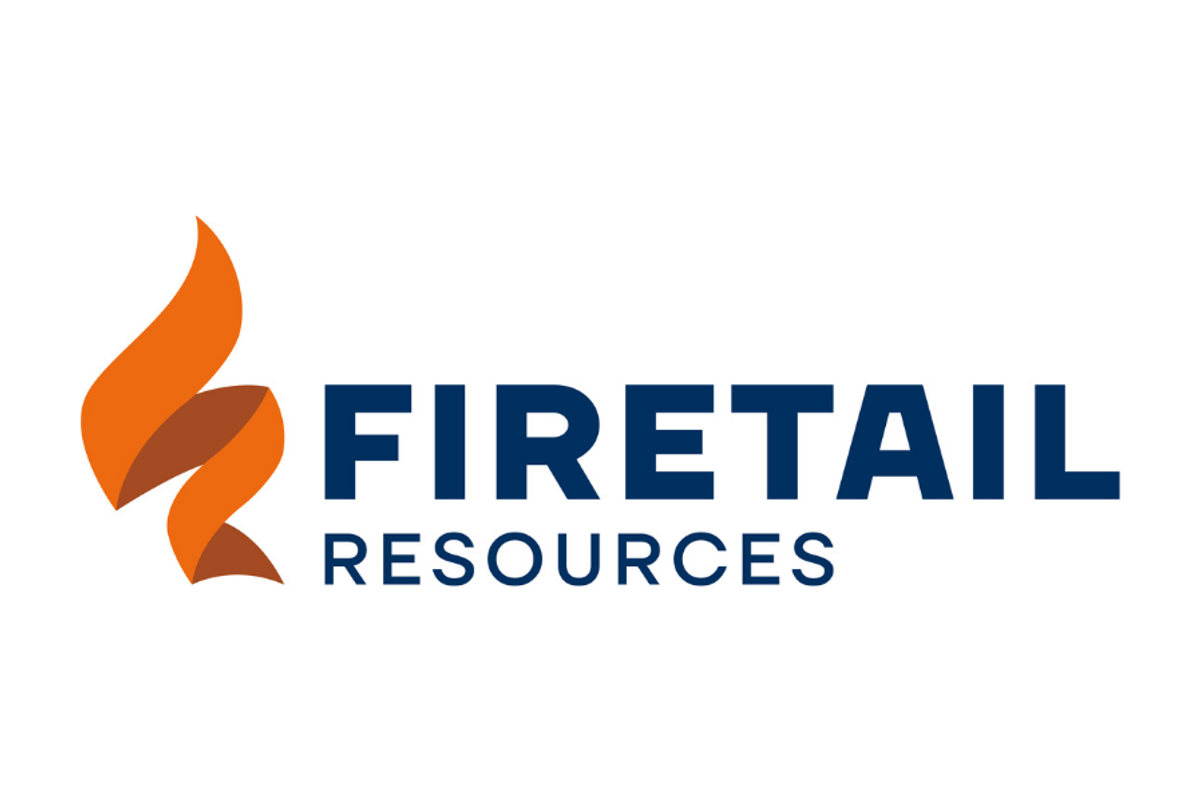
January 08, 2024
Australian battery minerals explorer, Firetail Resources Limited ("Firetail" or "the Company") (ASX: FTL) is pleased to provide an exciting update on the maiden diamond drilling (DD) program at the Picha Copper Project in Peru.
Completion of the first drill hole at Fundicion target has provided evidence of a porphyry system. Mineralisation includes silver, bornite, covellite and chalcopyrite together with significant quartz veining and alteration. Samples have been sent to the laboratory for analysis and results are expected in early February. It is expected that follow up drilling will take place at Fundicion as part of the current drill program.
In addition to the results at Fundicion, one hole has also now been completed at each of the Maricate and Cumbre Coya targets. Further drilling at Cumbre Coya is currently underway following the intersection of visible secondary copper mineralisation in the first drill hole.
Highlights include:
- Fundicion Target: Drill hole 23PFND0001 completed, intersected distal indicators of a potential porphyry system from around 250m, including sheeted quartz veins, intervals of phyllic alteration and significant pyrite mineralisation.
- Cumbre Coya Target: Drill hole 23PCCD0001 completed. Secondary copper mineralisation in the form of malachite and azurite observed within the first 20m, along with sulphides such as galena and chalcopyrite in the following 30m. Follow-up drill hole currently underway.
- Cobremani Target: Remaining assay results received for 23PCMD0001 included 1.3m @ 18.6 g/t Ag from 64.10m adding to the previous best result of 13m @ 2.81% Cu and 27.1g/t Ag from 2m (using a cut-off of 0.1% Cu)1.
Drillling of the planned ~5,000m diamond program has recommenced after the Christmas / New Year break with a further five drill holes planned at the identified targets. Firetail expects the drill program to be completed in March. Further assays are expected regularly during the remainder of the drilling campaign.
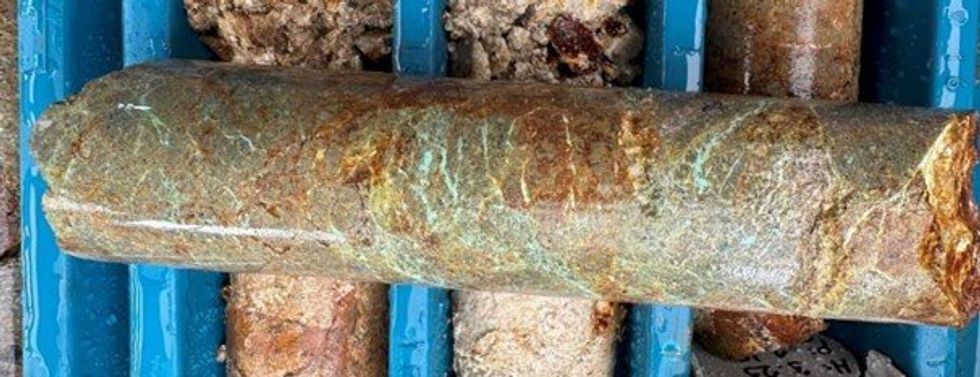
Executive Chairman, Brett Grosvenor, commented:
"We are very encouraged by the alteration and veining observed at the Fundicion Target, which are indicative of a potential porphyry system. These indicators provide the vectors and the confidence to continue drill testing the Fundicion target. Receipt of the results continues to validate the prospectivity of the Picha Project and the potential to host a large mineral system. We are less than 40% through our initial program and the results continue to be highly encouraging.
“The team onsite remains focused on completing the maiden program and delivering value to our shareholders. Further assays and results are due in early February and our expectation is that they will continue to confirm our findings to date.’
“I am personally very happy with the progress made by our team in the field, and look forward to continuing the news flow as the program advances.”
Click here for the full ASX Release
This article includes content from Firetail Resources Limited, licensed for the purpose of publishing on Investing News Australia. This article does not constitute financial product advice. It is your responsibility to perform proper due diligence before acting upon any information provided here. Please refer to our full disclaimer here.
FTL:AU
The Conversation (0)
07 July 2024
Firetail Resources
Diversified Portfolio of Battery Metals Assets in Australia and Peru
Diversified Portfolio of Battery Metals Assets in Australia and Peru Keep Reading...
14h
Canadian Approval Pushes Teck, Anglo Closer to Creating US$53 Billion Miner
Canada has approved the merger of Teck Resources (TSX:TECK.A,TECK.B,NYSE:TECK) and Anglo American (LSE:AAL,OTCQX:AAUKF), clearing a major regulatory hurdle for the creation of a new global mining heavyweight worth over US$53 billion.Teck and Anglo American said they received approval under the... Keep Reading...
15 December
Top 5 Junior Copper Stocks on the TSXV in 2025
Junior copper stocks are seeing significant support from the copper supply/demand story in 2025 as companies work to make the next big discovery of the red metal. Supply and demand continue to tighten as usage steadily grows and miners face significant disruptions. Copper prices were elevated... Keep Reading...
15 December
Low-impact, High-reward ISR Copper Extraction Gains Investment Momentum
In the delicate balancing act between meeting the rising global demand for critical minerals and ensuring environmental responsibility in resource extraction, processes and technologies that can achieve both aims are winning in the eyes of junior explorers and investors.In copper mining, in-situ... Keep Reading...
12 December
PPC, Lundin Freeze 2026 Processing Fees as Smelters Near Breaking Point
Japan’s largest copper smelter has secured a rare reprieve in one of the tightest processing-fee environments the industry has ever seen.According to media reports, Pan Pacific Copper has agreed with Lundin Mining (TSX:LUN,OTC Pink:LUNMF) to roll over treatment and refining charges for 2026... Keep Reading...
11 December
5 Best-performing Copper Stocks on the TSX in 2025
Copper prices were volatile in 2025 amid several competing narratives.Global recession concerns and tariff measures created ups and downs, but by the end of the year, prices found support as supply and demand conditions came into focus and pointed to a deepening deficit in 2026. Significant... Keep Reading...
11 December
Top 5 ASX Copper Stocks of 2025
Copper prices have been volatile in 2025 due to geopolitical events, plus shifting supply/demand dynamics. Overall, prices were on an upward trajectory throughout the year as demand growth accelerated on the back of the development of artificial intelligence, the growing need for data centres... Keep Reading...
Latest News
Latest Press Releases
Related News
TOP STOCKS
American Battery4.030.24
Aion Therapeutic0.10-0.01
Cybin Corp2.140.00
